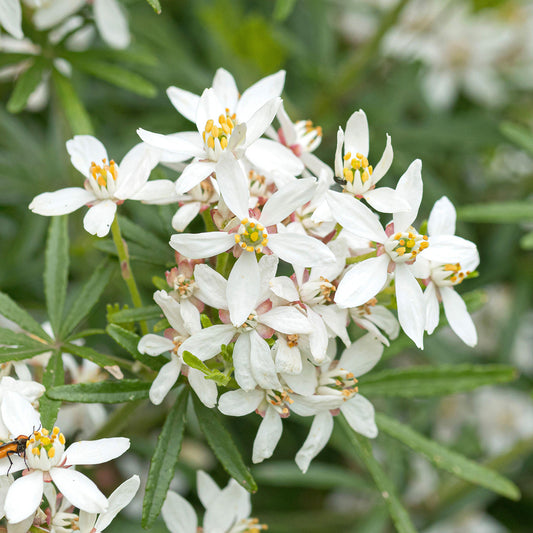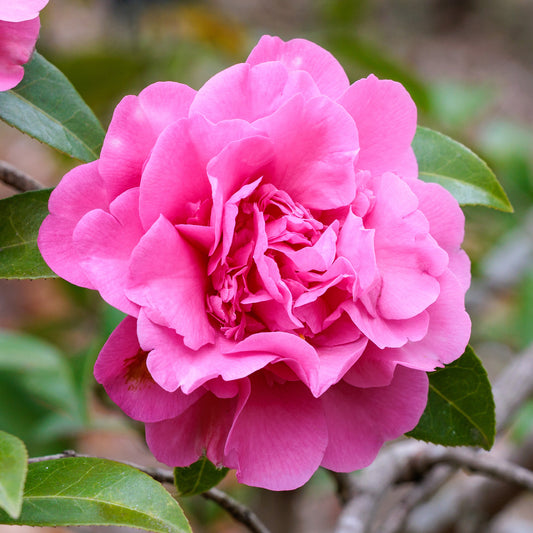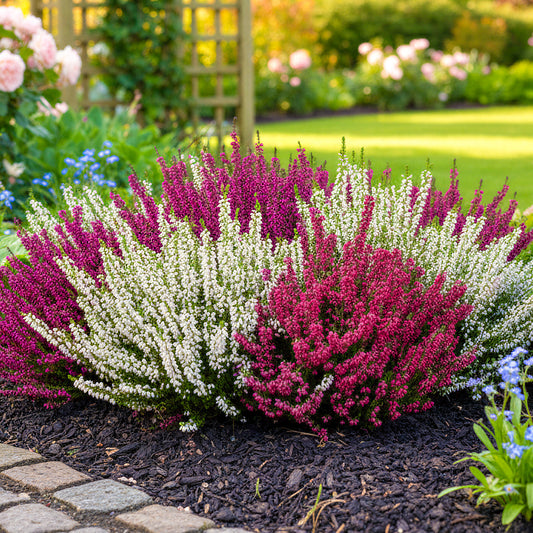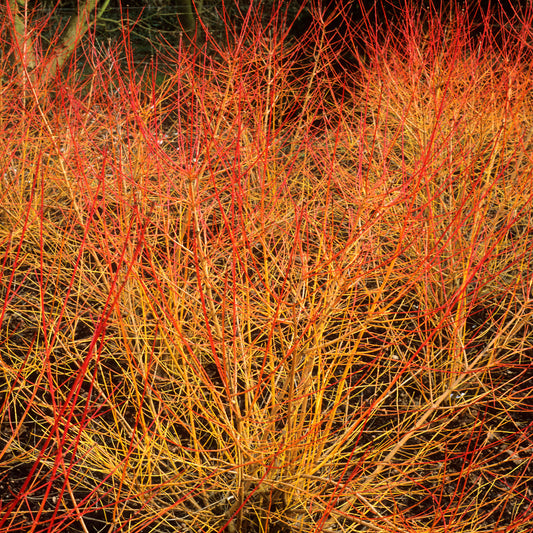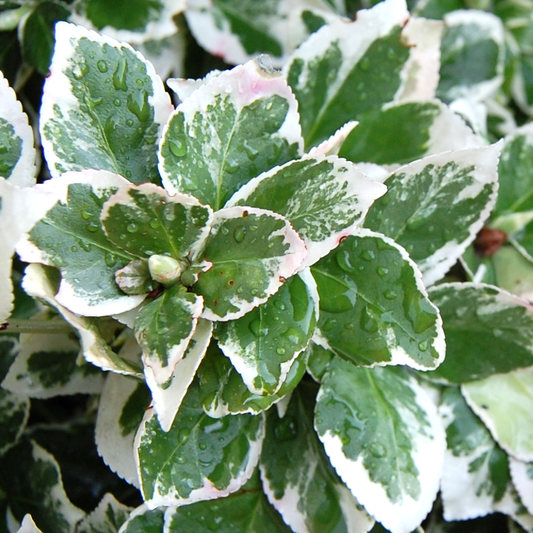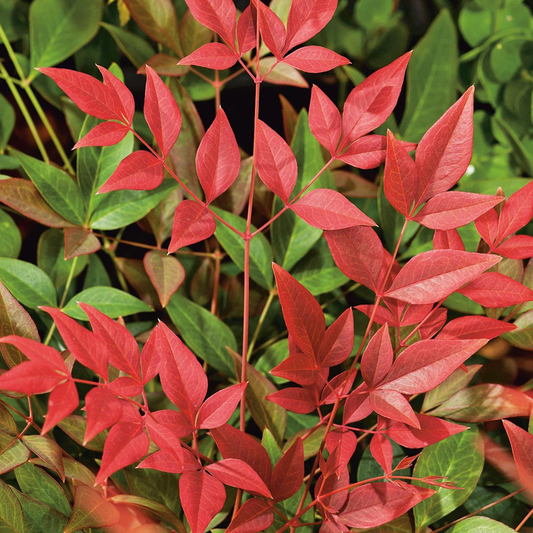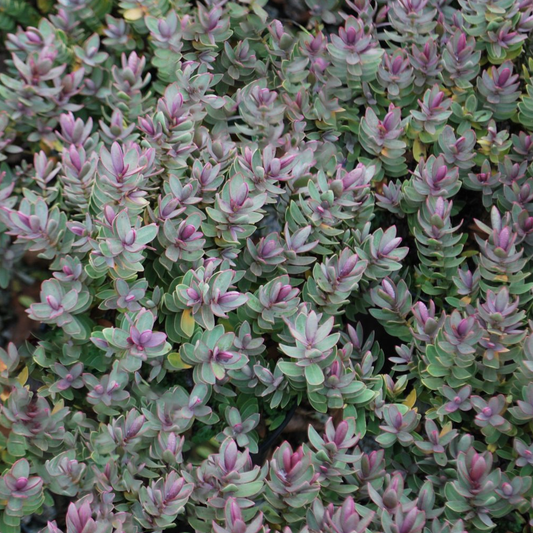Product description
Phygelius aequalis Yellow Trumpet, commonly known as Cape Fuchsia Yellow Trumpet, is a semi-evergreen shrub that brings a touch of elegance to gardens with its upright, bushy form. The plant features pale green ovate leaves that provide a lush backdrop to its striking tubular flowers. Each bloom, approximately 6 cm in length, showcases a creamy-yellow hue, adding a soft yet vibrant touch to garden borders and beds.
Thriving in fertile, moist but well-drained soils, this Cape Fuchsia prefers a position in full sun to achieve optimal growth and flowering. It's well-suited to various garden settings, including city and courtyard gardens, cottage and informal gardens, and coastal areas. In regions prone to frost, it's advisable to provide shelter from cold winds and apply a dry winter mulch to protect the plant. Regular watering during dry periods will help maintain its health and vigor.
Gardeners will appreciate the extended blooming period of Phygelius aequalis Yellow Trumpet, which graces the landscape with its creamy-yellow flowers from June through September. To encourage fresh growth and maintain a tidy appearance, it's recommended to cut back old stems at the base of the plant in spring. This practice not only promotes a more vigorous plant but also enhances its overall aesthetic appeal, making it a valuable addition to any garden seeking long-lasting summer color.
Please Note: Images are for illustrative purposes only and designed to be a representation of the item(s) being sold. Depending on seasonality, deciduous plants may be supplied in their dormant state and without leaves. Plants may also be pruned back, lower than stated heights, to encourage new growth.
Garden Plant Size Guide

Plants in larger pots can be multiple years older than their smaller counterparts with more mature root systems and foliage. This makes them able to thrive as a full size plant in your garden quicker than smaller alternatives.
The most common size of pot that garden plants come in are 9cm/1L/3L/5L this is in reference to the diameter at the top of the pot.
9cm potted plants still remain the most popular cost effective option though, they just may take a little patience to allow them to grow into full maturity once planted in your garden.
Plant specs, care guide & tips
Key features
Specifications
When to plant
| Jan | Feb | Mar | Apr | May | Jun | Jul | Aug | Sep | Oct | Nov | Dec |
|---|---|---|---|---|---|---|---|---|---|---|---|
Planting and period of interest times are general guidelines and may vary based on your location and conditions. For best results, consult local gardening resources.
Instructions
Top Tip
Prune Phygelius in early spring to encourage compact growth and abundant flowering. Remove dead or weak stems to promote healthy, vigorous plant development.
How to Water
Water Phygelius plants consistently, keeping soil evenly moist but not waterlogged. During establishment, water deeply once or twice a week, depending on rainfall and temperature. Reduce watering frequency in cooler months.
How to Plant
Select a sheltered spot with well-draining soil and partial to full sun. Plant in spring after the last frost. Prepare the soil by adding organic matter to improve fertility and drainage. Phygelius prefer slightly acidic to neutral soil and can tolerate coastal conditions.










